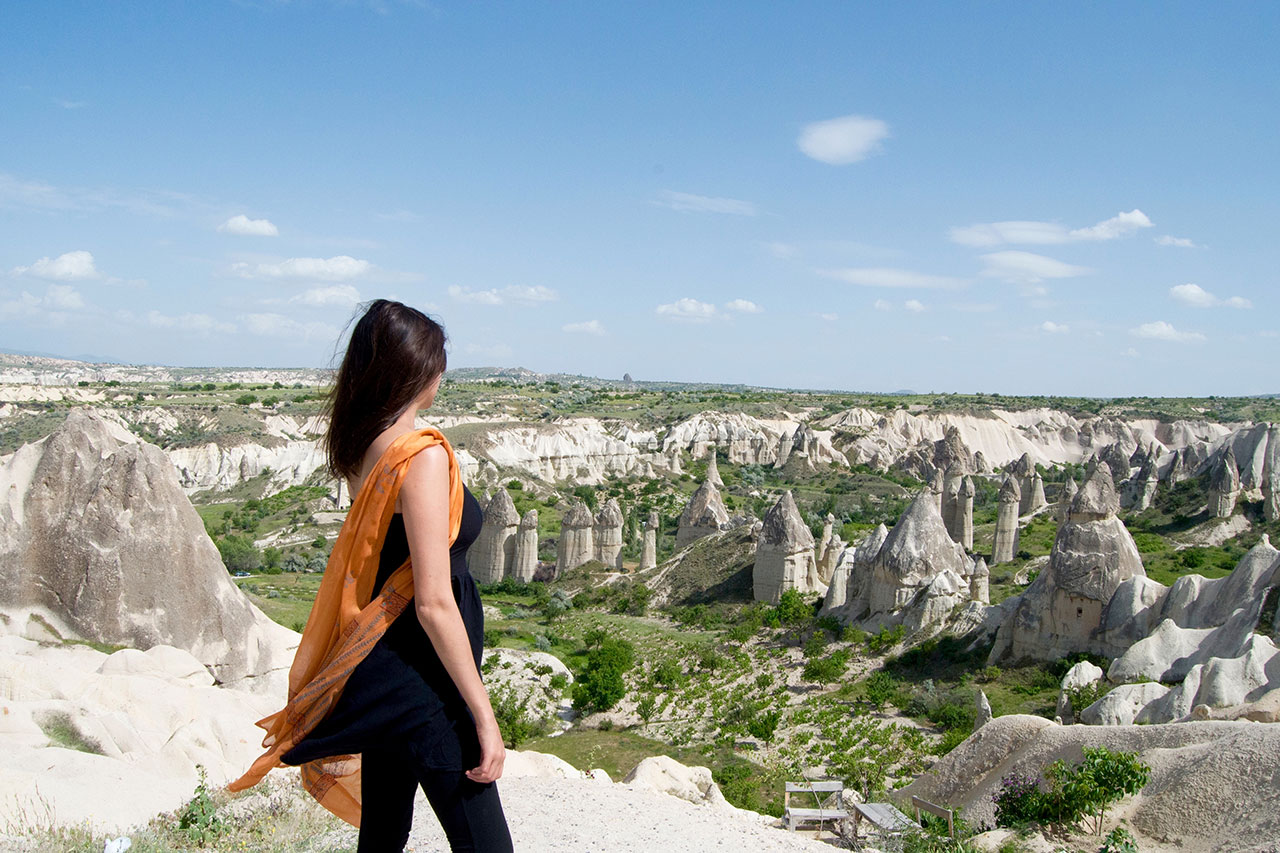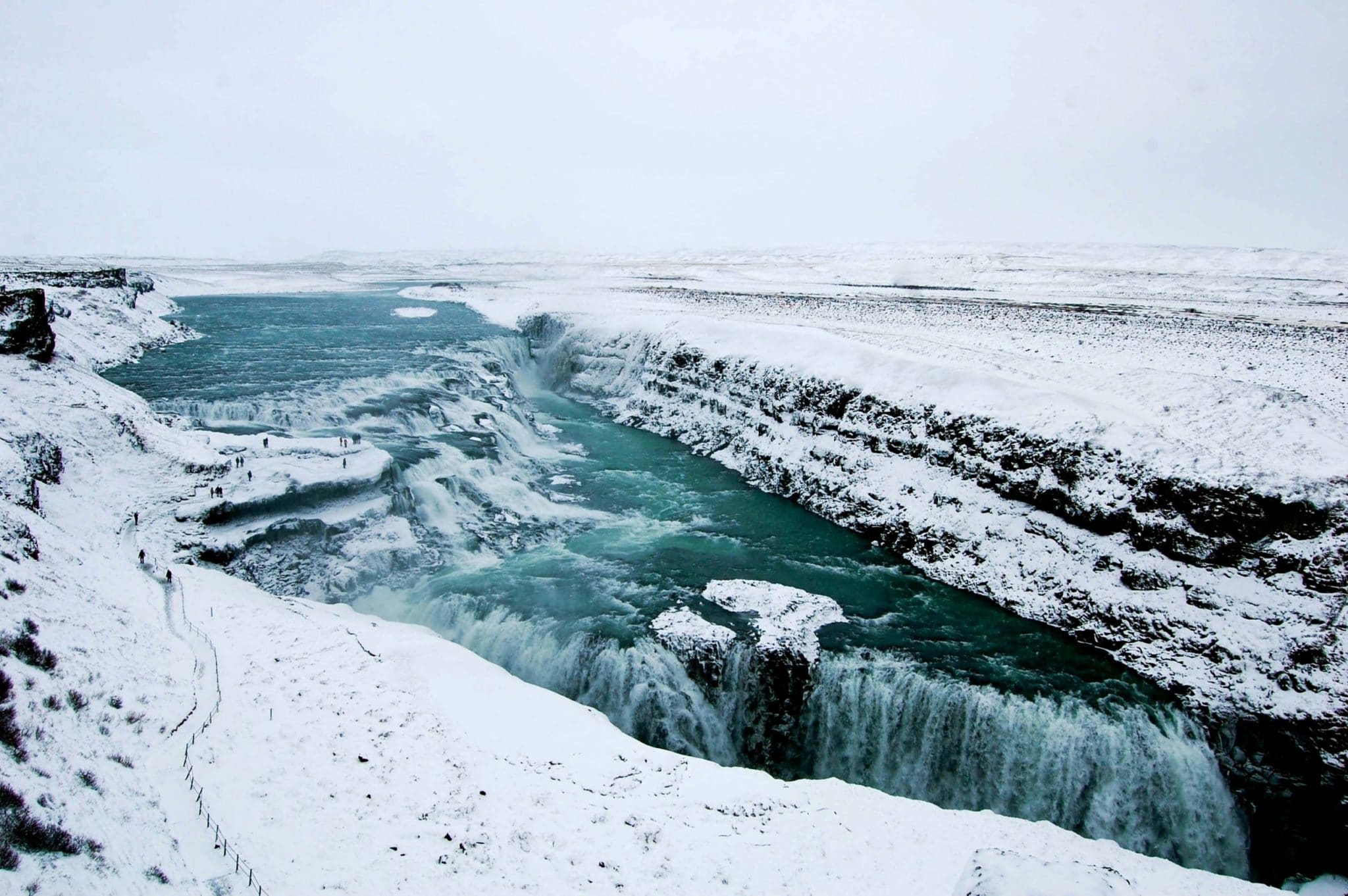As world population grows, so too will mass tourism. Will capping visitor numbers help or hinder?
In June this year, approximately 30,000 Icelanders flocked to France to support their team in Euro 2016. What’s remarkable is that the exodus accounted for almost 10% of Iceland’s entire population.
Iceland is one of the most sparsely populated countries in the world with only 330,000 residents spread across its vast expanse of land. With this in mind, it’s worrying to learn that an estimated 1.6 million tourists visited the country this year, far outstripping the number of residents and demonstrating a 20% increase on 2015 numbers.
As the spectre of mass tourism looms, Icelandic authorities have taken several measures to curb the number of visitors including placing restrictions on the availability of Airbnb rentals.
We visited Iceland in 2011 among 565,000 other tourists, drawn by the glaciers, hot springs, hiking trails, midnight sun and northern lights. That number has nearly tripled in five years and is only set to grow.
Tourists to Iceland have tripled since our visit five years ago
Iceland’s upcoming problems are likely similar to what I experienced in Angkor Wat earlier this year: vastly increased crowds jostling for space in long queues and cramped spaces.
The problem is not unique to Iceland of course. World population is growing at a seemingly uncontrolled rate and with increased population comes increased tourism.
This has led industry professionals to ask: do we need tourism caps? Do we need to establish carrying capacities, defined by the World Tourism Organisation as follows?
Carrying capacity: The maximum number of people that may visit a tourist destination at the same time, without causing destruction of the physical, economic, socio-cultural environment and an unacceptable decrease in the quality of visitors’ satisfaction.
These questions are particularly timely as we enter 2017, the UN’s International Year of Sustainable Tourism for Development. We search for answers below.
Benefits of tourism caps
Better for the environment
It’s no secret that humans are the most resource-hungry species on the planet. We have destroyed 10% of the world’s wilderness in the last 25 years alone and our rampant road building has had a shattering effect on nature. Our compulsion to travel plays a not unsubstantial part in the destruction of nature, whether it’s frequent flying or hiking popular paths that need time to recover.
Tourism caps would limit the harmful effects of mass tourism and allow the natural environment to maintain its equilibrium. Peru’s Inca Trail has a limit of 500 people per day, 200 of which are available to tourists with the rest allocated to guides and trekking staff. Whether this should be reduced further is up for debate but the existing caps are certainly an effective way to ease pressure on the trail.

Tourism caps were put in place at Machu Picchu following pressure from UNESCO
Norway is considering tourism caps for Pulpit’s Rock and Trolltunga, as is the US for Zion National Park.
Tourism caps are also beneficial to the built environment. At Machu Picchu, the daily visitor limit is 2,500, an example others would do well to follow – not least the Taj Mahal which receives an average of 19,000 people per day and has suffered discolouration as a consequence of increased pollution.
Tourism caps are an important part of managing visitor flow and minimising detrimental effects on the environment.
Better for residents
The iconic Italian city of Venice hit the headlines this year after residents delivered a stark message to tourists. Several posters appeared in the city, warning: “Tourists Go Away!!! You Are Destroying This Area.”
The number of tourists in Venice – 60,000 a day – outstrips the number of residents and has created a strained atmosphere where locals must navigate clogged alleyways and contend with tourists who have little regard for etiquette.

Venice residents say tourists are destroying their idyllic city (image: Dreamstime)
In August, a video went viral showing a local woman scolding a group of young tourists who had stripped to their underwear to dive into the canal. She spoke to them, first in English and then in German, and warned: “It is forbidden to dive into the Grand Canal. It is not possible. This is not Disneyland; it is a city.”
A Venetian resident scolds a group of uncouth tourists
The following month, residents staged a protest against visiting cruise ships.
This aversion to mass tourism is mirrored in other cities. Ada Colau, the mayor of Barcelona, has said: “Any city that sacrifices itself on the altar of mass tourism will be abandoned by its people when they can no longer afford the cost of housing, food and basic everyday necessities.”
“There’s a sense that Barcelona could risk losing its soul,” she told the Guardian. “We need to seek a fair balance between the best version of globalisation, and keeping the character, identity and life of the city.”
Tourism caps can help ease the pressure on transport and road systems, and public services like the police, making life better for the people who use them most: the residents.
Better for tourists
Tourism caps are beneficial not only to the environment and local residents, but to tourists themselves.
Our trip to Christ the Redeemer verged on unpleasant given the heavy crowds battling for position.

Our visit to Christ the Redeemer verged on unpleasant in the face of teeming crowds
In comparison, Machu Picchu was a haven of calm. The Incan site is not alone in limiting visitor numbers. Tourism caps have been adopted by Cinque Terre in Italy, Santorini in Greece, Milford Track in New Zealand and Lord Howe Island in Australia among others. Vulnerable destinations like the Galápagos and Antarctica are also protected to an extent. Visiting these destinations is no doubt far more pleasant as a result of their tourism caps. There is less congestion, less noise, less litter and far less stress.
Drawbacks of tourism caps
Reduces revenue
Implementing tourism caps will by default reduce the number of tourist dollars being spent in a destination. This could have marked consequences in countries like the Maldives and Cambodia which depend on tourism for a substantial portion of their GDP. Livelihoods could be at stake if tourism were to be reduced drastically.

Plummeting tourism in Turkey has affected locals’ livelihood
In countries where current events have precipitated a fall in tourism, locals have been affected acutely. On our trip to Turkey this year, we heard time and again how the sharp fall in tourism had affected local trade. One business owner told us it had been a catastrophic year for him and his family.
Clearly, tourism caps would have to be implemented carefully, so that local businesses could adapt in a sustainable away.
Creates an elitist travel culture
Can tourism be sustainable without becoming elitist? As economists tend to warn, increased scarcity of a valued resource generally drives up the price of said resource. Introducing tourism caps may create a system where access can be bought, allowing only the very wealthy to enjoy Earth’s most beautiful places.

Will tourism caps allow only the very wealthy to access places like Angkor Wat?
Even if access is granted on a fair queue- or lottery-based system, can mechanisms prevent re-selling at a marked up price? Will access to Earth’s most precious places be sold like concert tickets: bought and re-sold to the highest bidder?
And what of errant tour companies? Could they block-book tickets and sell them on at extortionate prices?
A clear strategy would be needed to prevent an elitist travel culture where only the very wealthy are able to access our most beautiful places.
Saps spontaneity
Tourism caps preclude the possibility of a last-minute Barcelona getaway, or an impromptu hike along a famous trail. It requires a prescriptive approach to travel where you must know where you want to go and when, and apply for a ticket far in advance – possibly months ahead of your trip.

Do we really want to plan a trip to the Taj years in advance?
If a site’s carrying capacity is pegged particularly low, we could feasibly see waiting lists that run into years. Do we really want to plan a trip to the Taj three years in advance?
A mixed solution
So – to cap or not to cap? Industry experts are divided. According to the World Travel Market’s 2016 Industry Report, 75% of senior industry professionals surveyed agreed with the statement that ‘tourism caps are a practical solution to the problems of overcrowding’ but fewer approved the measure in practice with 61% agreeing that the caps would be a good thing for their own city, company or destination.
We at Atlas & Boots support tourism caps but recognise the need for a mixed approach. Here are some of the measures we would like to see developed as we head into 2017, the designated International Year of Sustainable Tourism for Development.
Take a considered approach to tourism
Most tourist boards seem to operate under the belief that more is better. More marketing equals more visitors which equals more money – but what exactly are they aiming for? Is it pure money? Fame? Power? Do they want 20 million visitors? 50 million? 100 million? How does this fit in with the resources on offer and their long-term health?

Bhutan builds sustainability into the backbone of tourism (Image: Dreamstime)
Authorities would do well to take their lead from Bhutan which focuses on ‘high value and low impact’ tourism. There is no cap but the government imposes a minimum daily fee of $200 per tourist.
This covers food, accommodation, transport and guiding as well as a $65 contribution to Bhutan’s free education, healthcare and poverty alleviation programmes. This builds sustainability into the very backbone of tourism.
Establish carrying capacity for all major attractions
Carrying capacity as defined above is key. Every major attraction – in particular UNESCO World Heritage Sites – should be given a carrying capacity. Naturally, there would need to be a process for defining this but once agreed, it could be used to control access and regulate visitor flow.
The changes would likely affect the livelihood of some locals but, long-term, the caps would protect sites and cultivate a local economy built on sustainable numbers.
Implement mechanisms to uphold fair access
To prevent an elitist travel culture, tourist boards would need to look seriously into implementing mechanisms to ensure fair access. The chosen allocation system could be coupled with a requirement for ID on entry, so that tickets could not be re-sold to a higher bidder.

Cinque Terre in Italy is capping tourism (Image: Dreamstime)
Authorities would also need to control block bookings to prevent tour companies from swallowing up large swathes of tickets and hiking the price for individuals.
Control number of available beds
Like in Iceland, local or national authorities could curb the number of beds available to tourists whether it’s regulating the number of new hotels being built, or limiting the number of rentals available on sites like Airbnb.
Consider seasonal restrictions
If a hard limit on visitor numbers is too daunting, authorities could consider restricting access during specific seasons or dates – for example, during bird breeding season or when high wildfire conditions are evident. Popular hikes and trails could be closed for set times in the year to allow recovery time. This could be coupled with discounts out of season to encourage an even distribution of visitors.
Build efficient transport systems
In the Galápagos, we were dismayed to see a glut of gas-chugging boats ferrying passengers between the three main islands. A bigger but more fuel-efficient public ferry would be far better for the environment.
In the US, we saw roads clogged by traffic. A network of public transport would be more efficient than a sea of individual vehicles.
Educate tourists
Over and above all that we’ve discussed is education. This is important on two fronts.
Firstly, tourists need to be educated on correct etiquette. Could they be given information (digital or otherwise) when booking a flight, visa or accommodation?
This could cover local customs and etiquette and list common faux pas committed by tourists (e.g. diving into the Grand Canal in Venice, standing on the left on escalators in London). Education is just as important as tourism caps. After all, five badly behaved tourists can be more disruptive than 10 respectful ones.

The mayor of Barcelona has railed against the effects of mass tourism (Image: Dreamstime)
Secondly, tourists need to be educated on why tourism caps are important.
Daniel Kenoi, a guide on in Hawaii’s Mauna Kea, puts it best: “Education about the threats caused by too much human activity is essential if there are to be stricter regulations,” he tells us. “If the visiting public and tour companies understand the reasons for limiting visitor numbers, they will be more likely to agree and advocate for better protection.
Managers of protected areas and the tour industry itself must use a range of tools to preserve our wilderness and precious places – education is only one, but an extremely important one.”






















